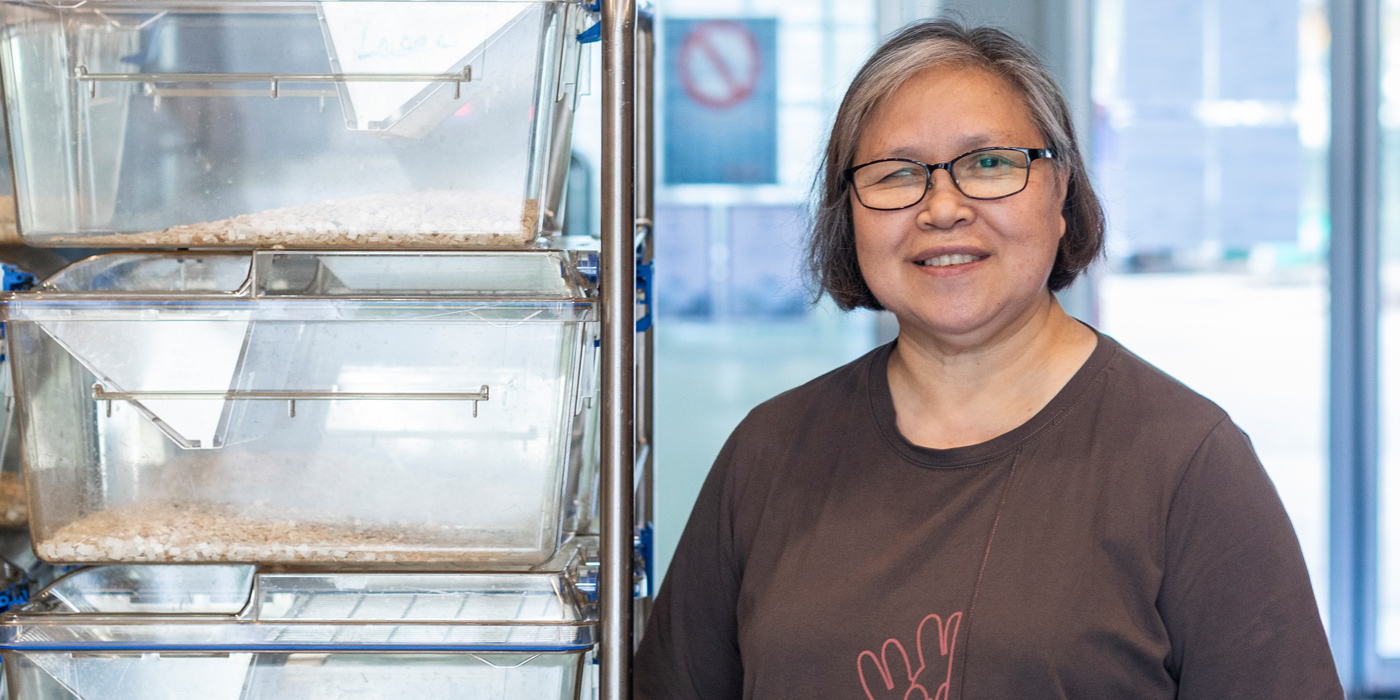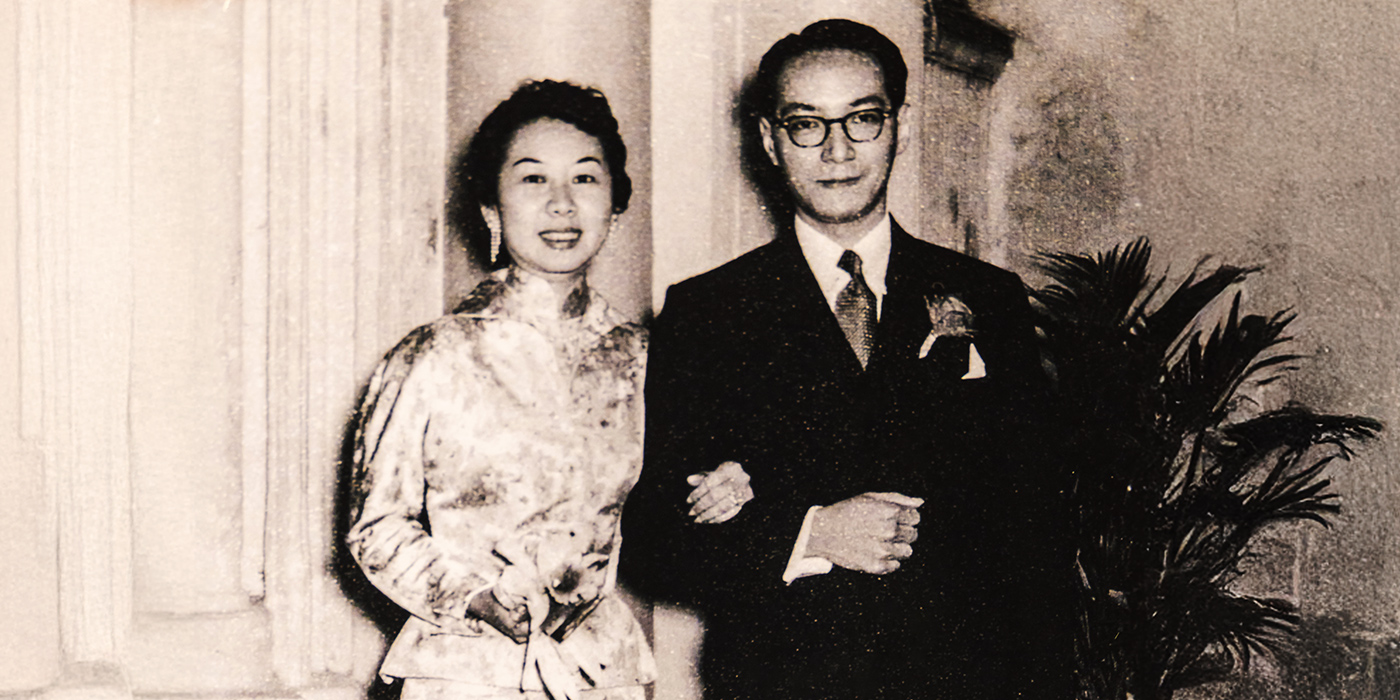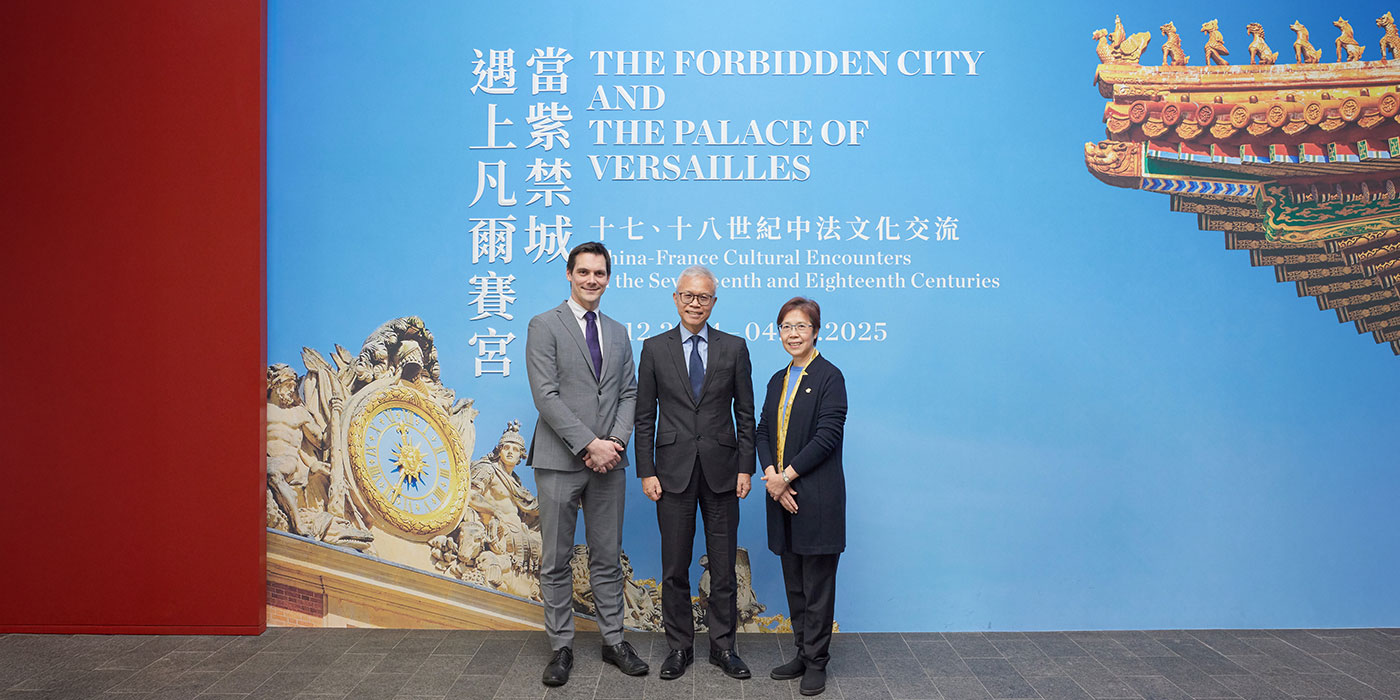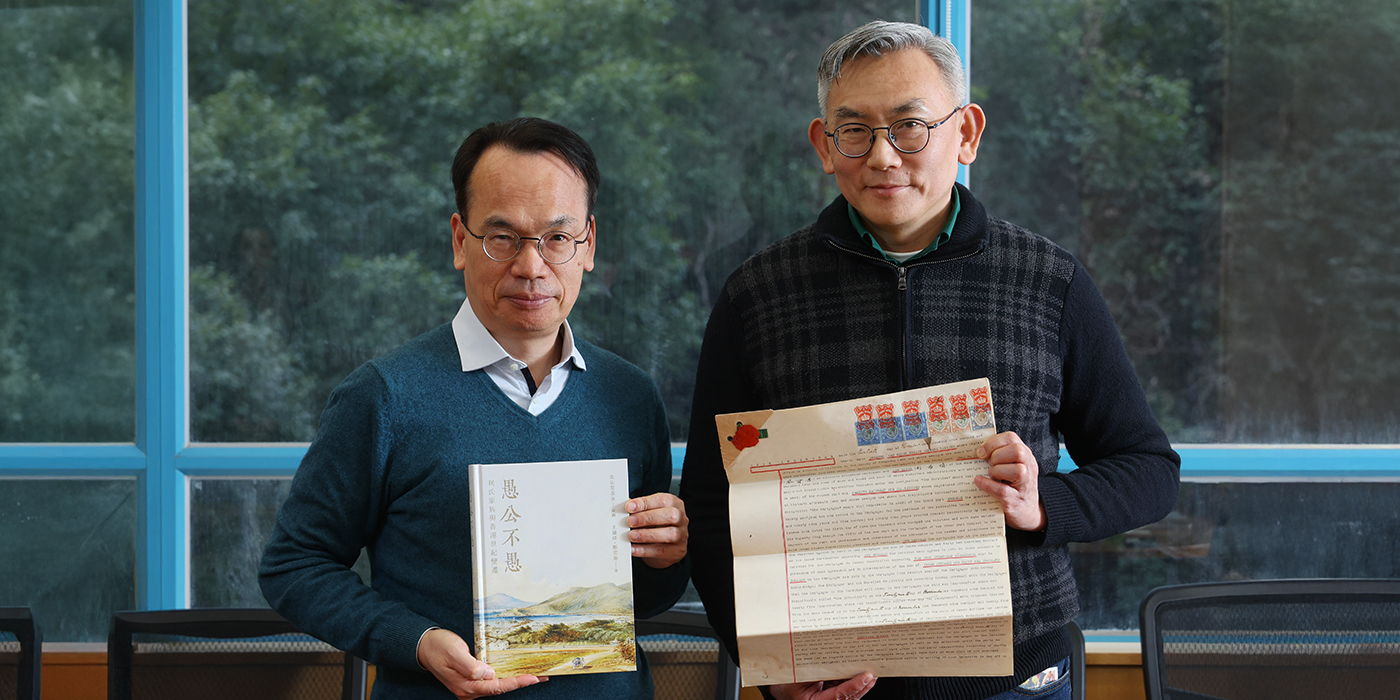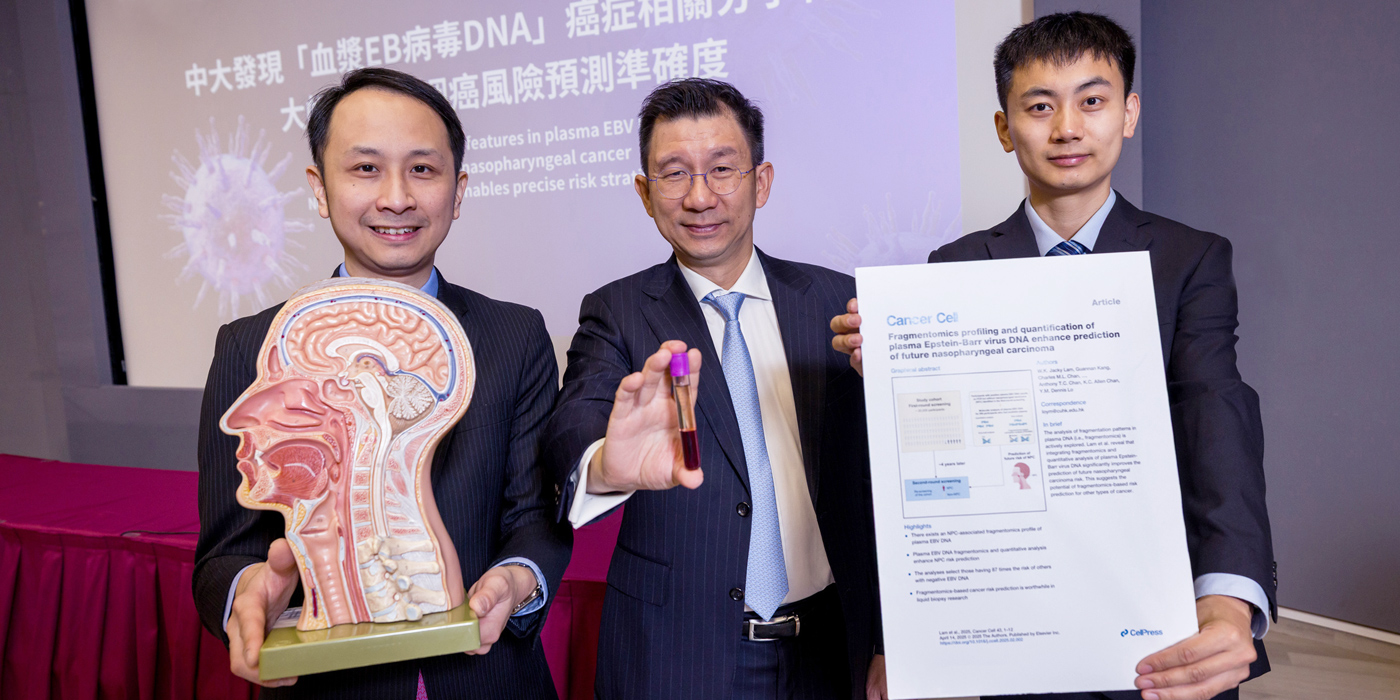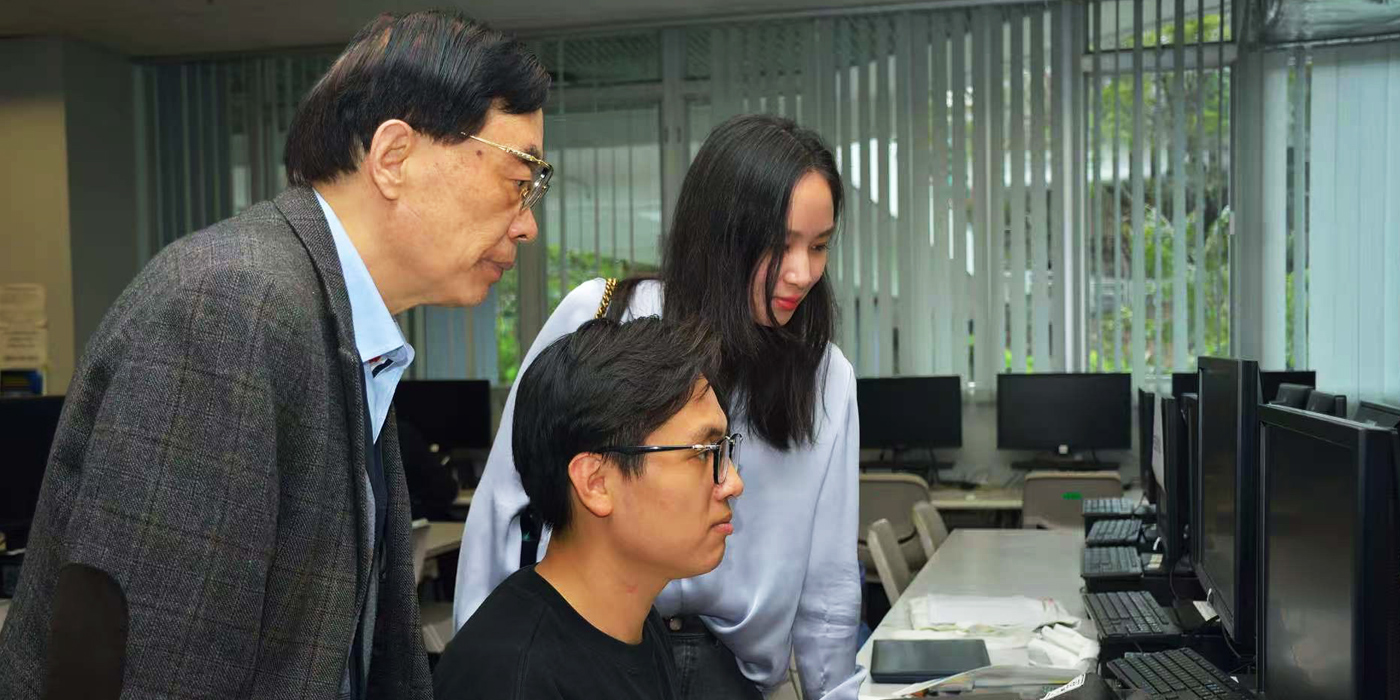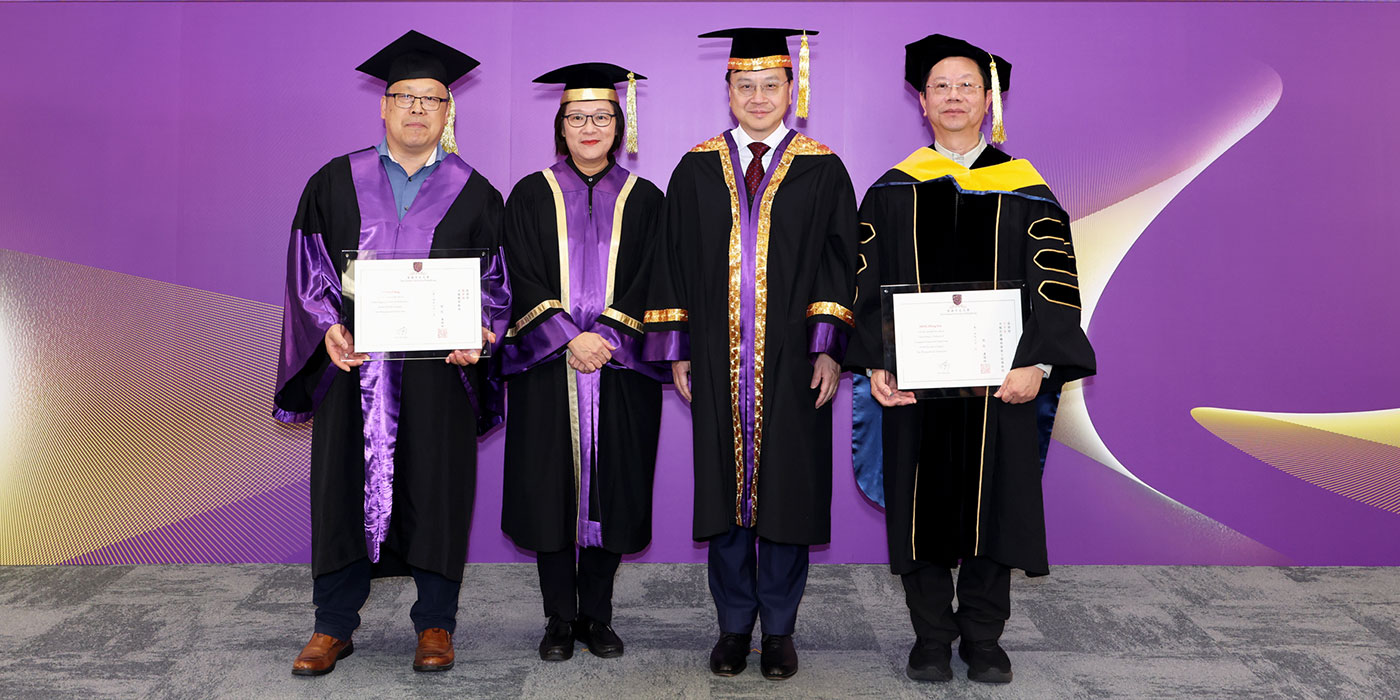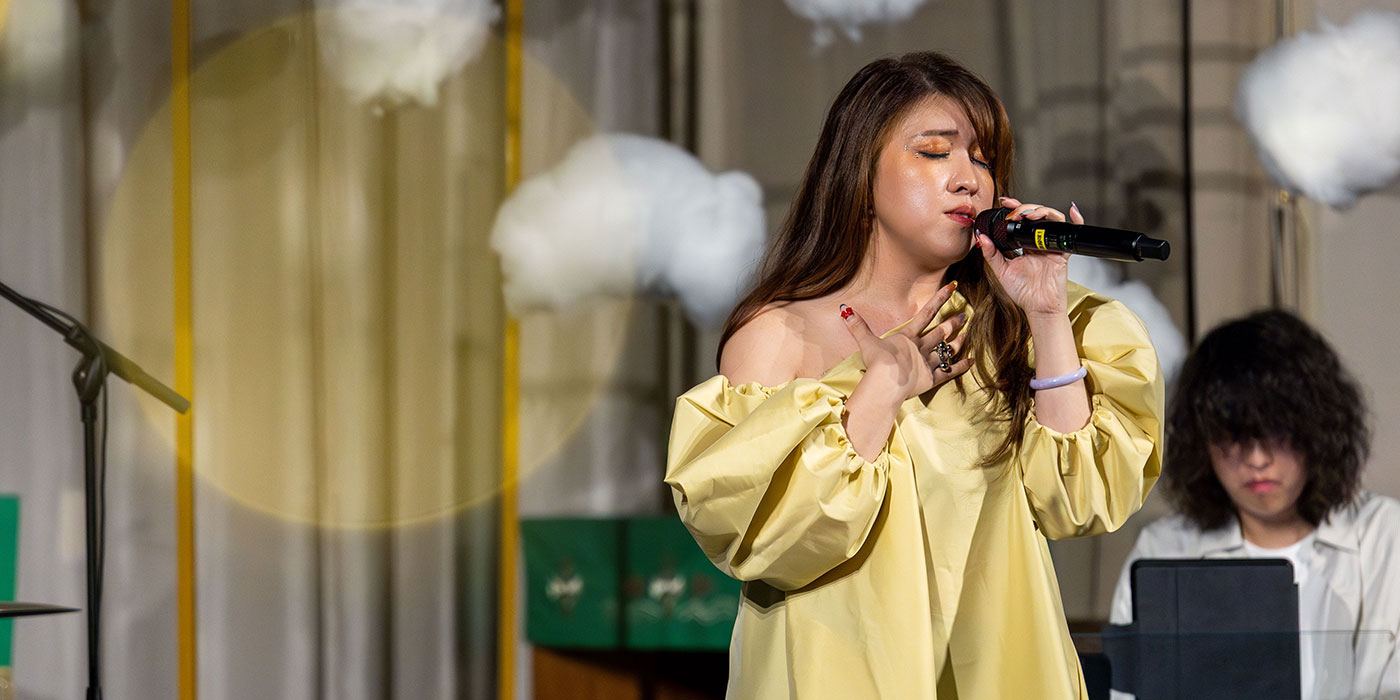Fung Koon-mui
Veterinary assistant, Laboratory Animal Services Centre
25-year award
Fung Koon-mui is a typically low-key employee amid the daily busyness of work: quiet, yet dependable and determined to get the job done. Her longtime colleagues also know that she has a warm smile which melts people’s hearts.
Once a skipper of Hong Kong’s heritage walla-walla boat, Fung joined the garment industry in the run-up to the city’s return to China but witnessed its steep decline after 1997. A friend who was a CUHK researcher learned that the Laboratory Animal Services Centre wanted to hire a veterinary assistant and encouraged her to give it a go. Her fear of mice and the stink of animals did not get in the way, and Fung learned the ropes just a month into the job.
The Centre is the University’s animal facility, where laboratory mice of up to three months old are bred and reared. Fung has rotated among quite a few sections, including the washing area, the breeding area and the storage space that makes the rodents’ bedding of wood shavings.
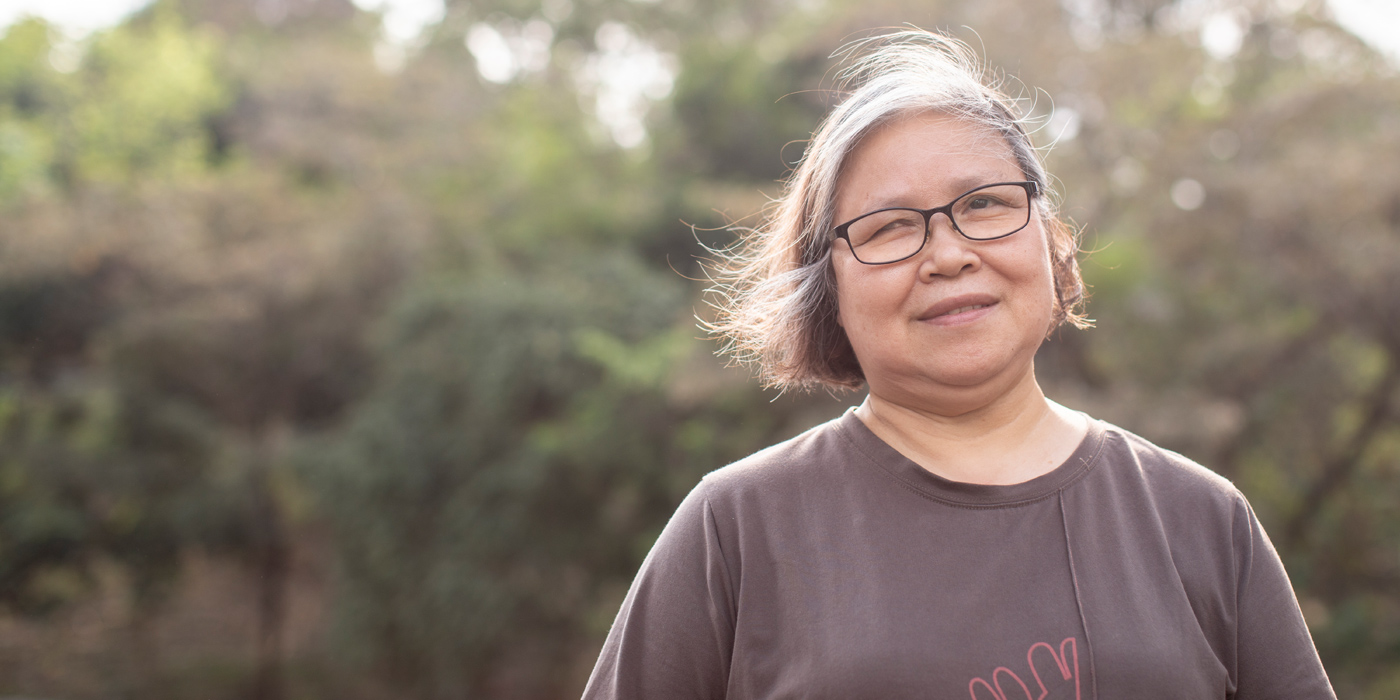
Of these responsibilities, the breeding area is Fung’s pet love. She would start the week by moving the animals—all 300 cages of them—into fresh cages so the used ones could be cleaned. She monitors the mice’s health and, from time to time, checks that they have enough food and water, while paying attention to newborn babies and keeping records. Twenty days on, healthy mouse pups will be weaned off milk and rehoused in cages containing the same sex.
Mice come in so many strains—2,000 to 3,000—that they call for a meticulous practice of jotting down the many particulars. “You have to be really careful, say, to close the cage properly or the mice will jump out, and it can be hard to tell which strain or cage they belong to.” Some rodents are hard to nurture, such as those which have contracted a skin disease. “You need to keep a close eye on them and inform your supervisor of any abnormal conditions.”
Their varied coat colours, from black to white, chestnut and apricot, are charming enough, but Fung has also observed a range of temperaments in different laboratory mice. Grooming and watching them gives the veterinary assistant much joy. “Mice at three to four weeks old are the loveliest,” she says. Would she miss them when they depart, or lament the fact that the animals end up in a laboratory?
“They have their own value and purpose,” she says. In the face of life’s difficulties, Fung’s choice is to come to terms with what life is.
By Amy Li
Photos by LCT

